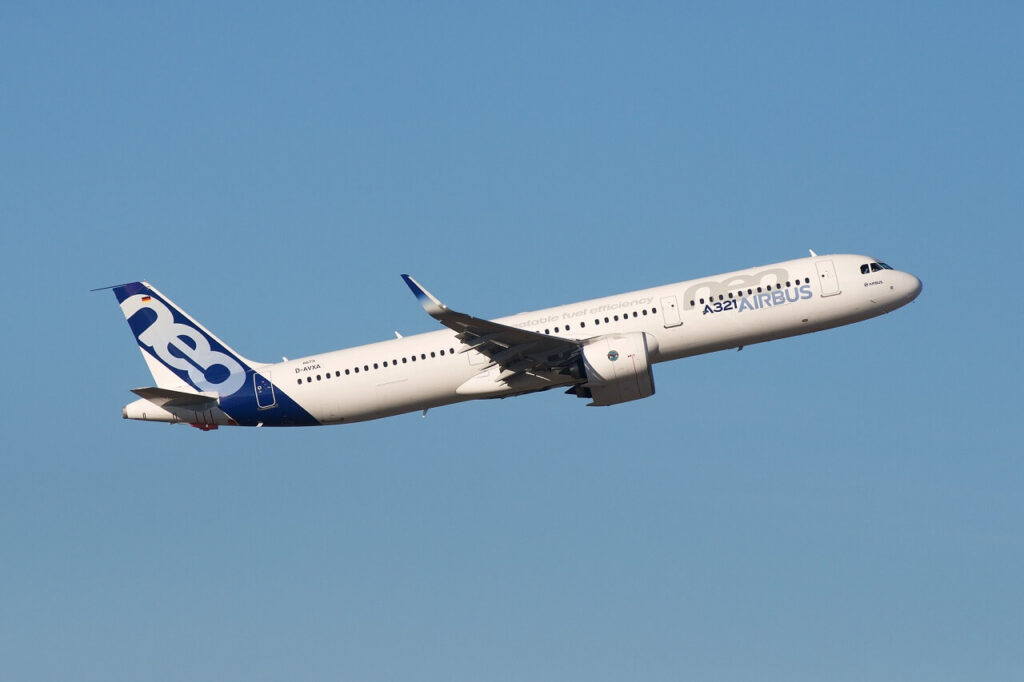The European Union Aviation Safety Agency (EASA) has alerted operators of the Airbus A321neo of a potential “excessive pitch” problem. The issue, as many aviation professionals have noted, is similar to the one that Boeing’s MCAS software on the 737 MAX was developed to address.
Airbus has issued a “temporary revision” to its A321neo flight manuals in order to prevent the aircraft from possibly reaching excessive pitch attitudes, according to a report by FlightGlobal. The revisions have been necessitated after analysis of the aircraft’s elevator and aileron computer, the EASA disclosed in an Airworthiness Directive (AD) on July 17, 2019.
The regulator stated that “excessive pitch attitude could occur in certain conditions and during specific maneuvers”, warning that the condition “could result in reduced control” of the aircraft. As a safety measure, EASA has ordered A321neo operators to update the flight manuals subsequently, within 30 days of the AD.
Airlinerwatch points out the MCAS (Maneuvering Characteristics Augmentation System) installed on the MAX was also intended to prevent “excessive pitch” of the aircraft. The software would push down the nose of the aircraft if the AOA (Angle of Attack) sensor detected too steep of a pitch.
However, according to Air Insight, Airbus’ existing fly-by-wire system is “more extensive” than on the MAX jets, which should ensure safe operation of the A321neo once the ordered procedure is carried out. It is still unknown whether a software modification will be needed for the type.
The A321neo entered into service in May 2017, with former Virgin America (now Alaska Airlines), the same time as the Boeing 737 MAX did. A member of the Airbus A320 Family of aircraft, the A321neo is the new-generation re-engined variant of the A321. The narrow-body jet has a maximum range of 7,400 km (4,000 nm) and is capable of seating up to 220 passengers in a typical two-class configuration.

